
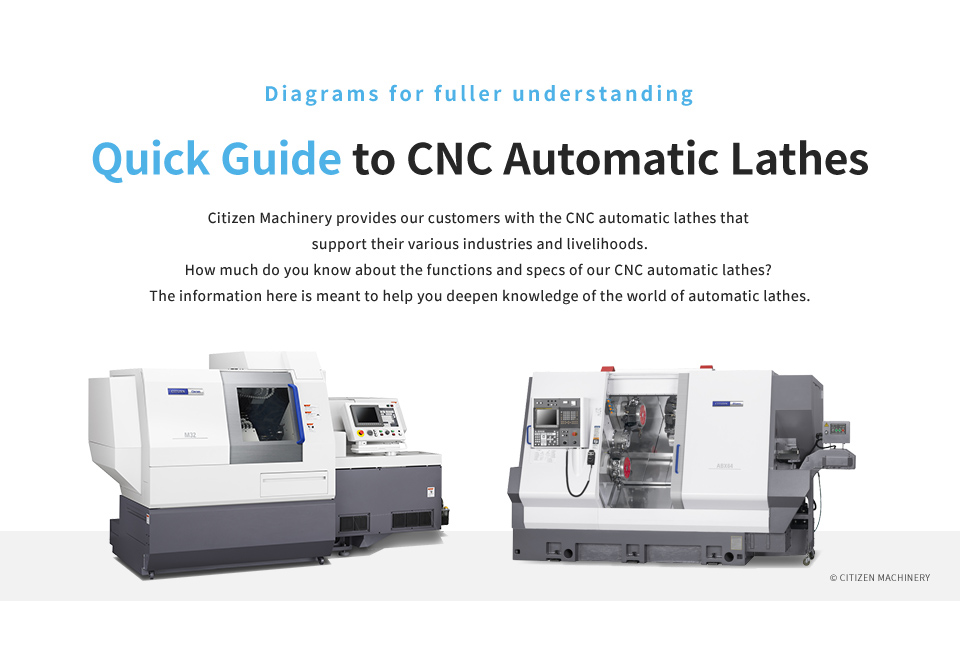
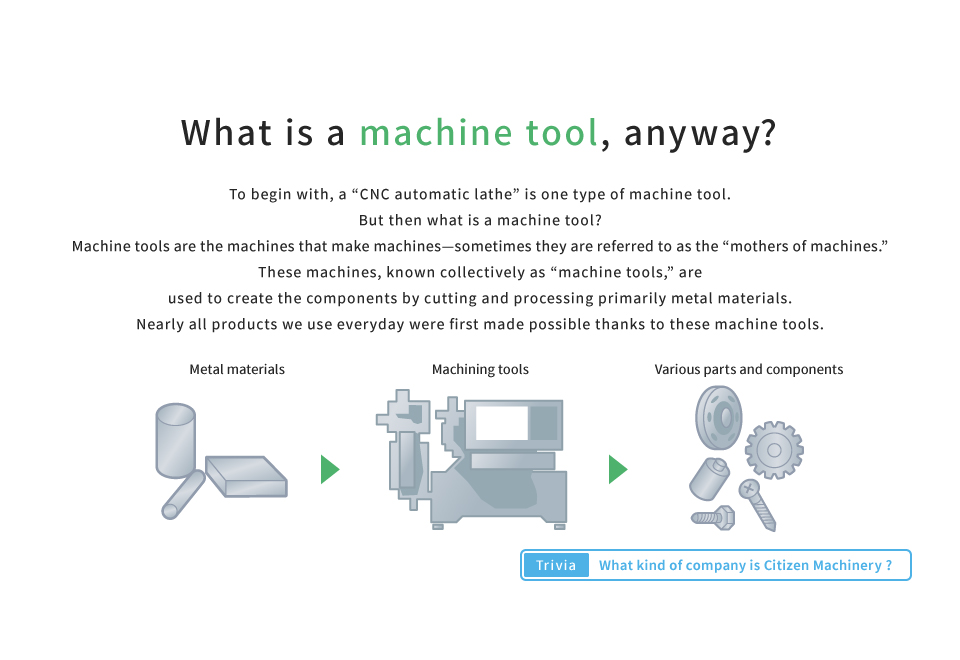
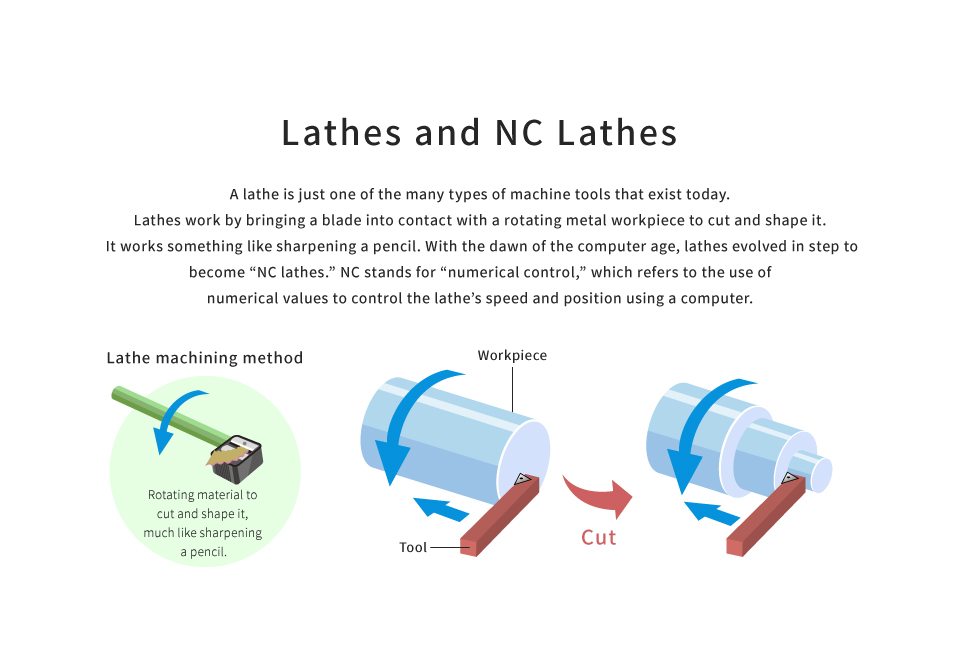
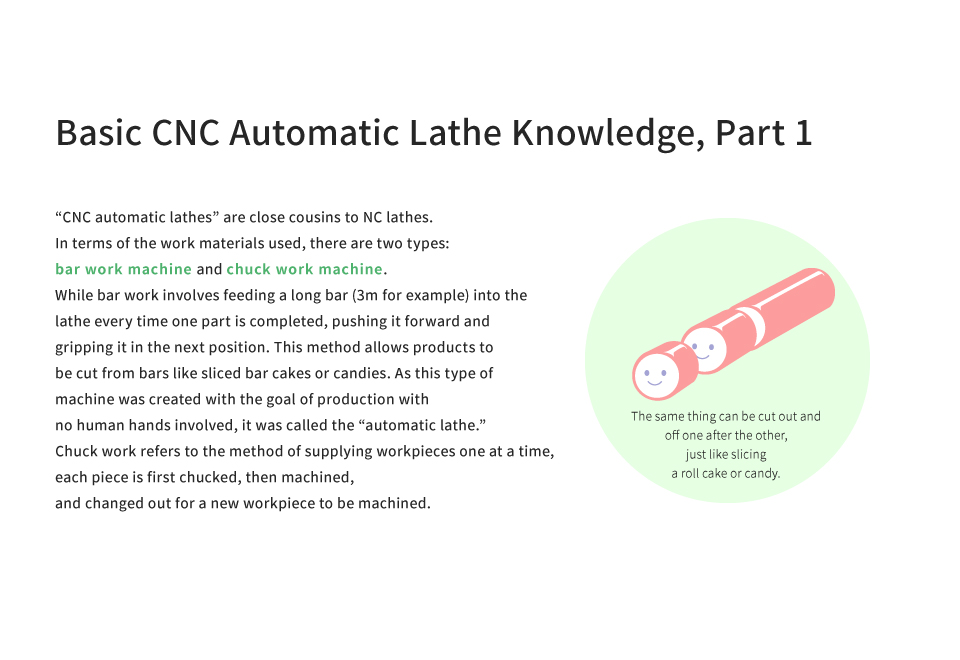
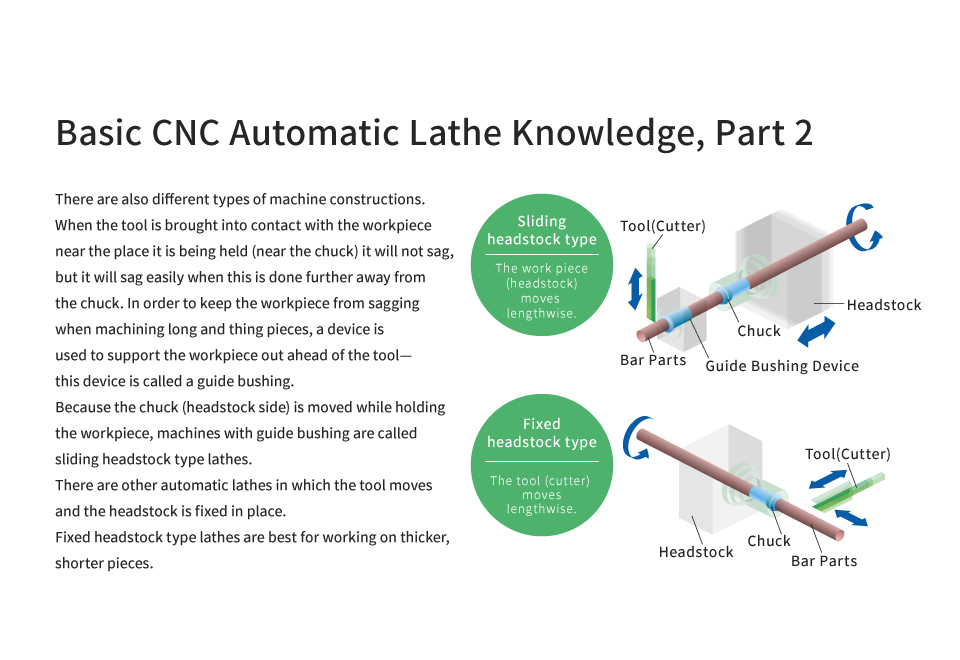

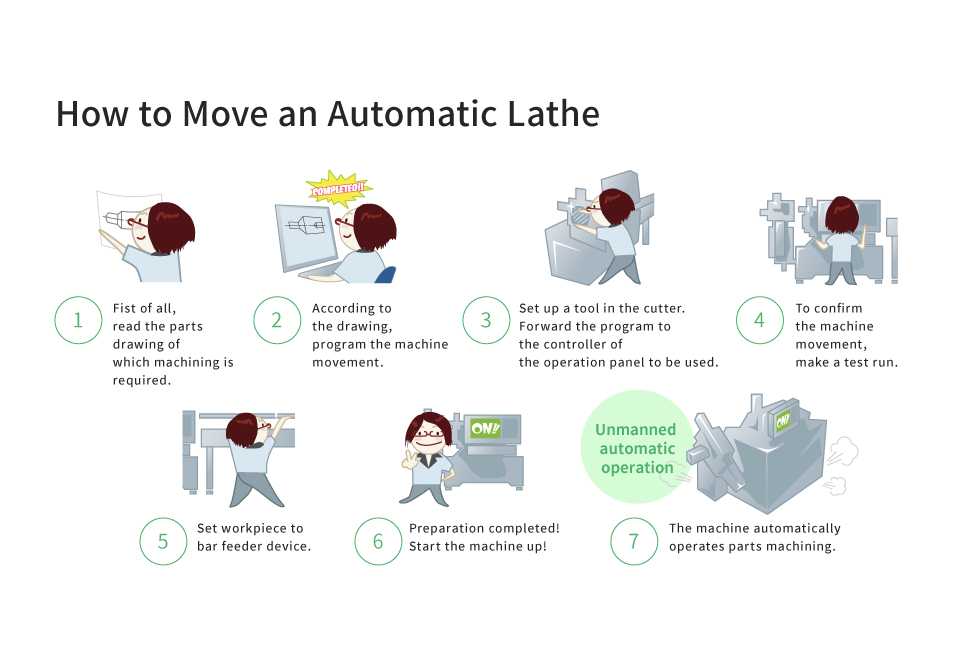
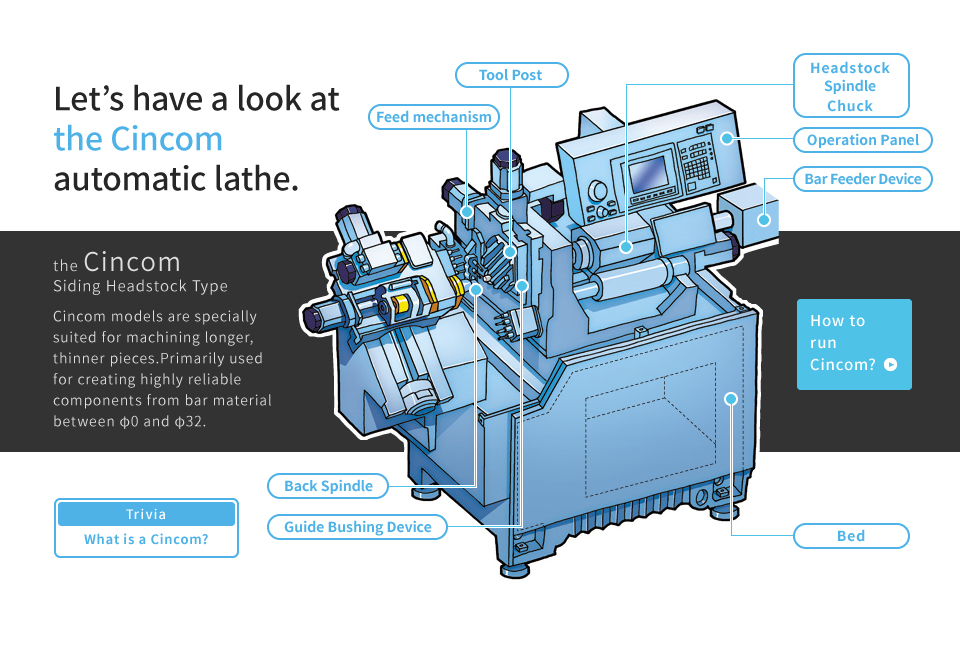

Citizen Machinery provides our customers
with the CNC automatic lathes that
support their various industries
and livelihoods.
How much do you know about the functions
and specs of our CNC automatic lathes?
The information here is meant to help you
deepen knowledge of the world of
automatic lathes.
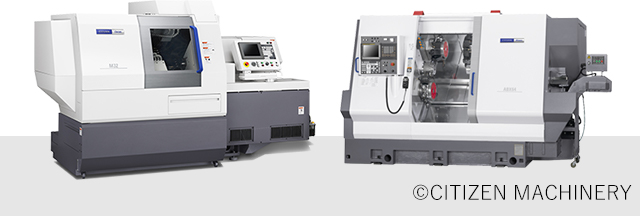
To begin with, a "CNC automatic lathe" is one type of machine tool. But then what is a machine tool? Machine tools are the machines that make machines-sometimes they are referred to as the "mothers of machines." These machines, known collectively as "machine tools," are used to create the components by cutting and processing primarily metal materials. Nearly all products we use everyday were first made possible thanks to these machine tools.
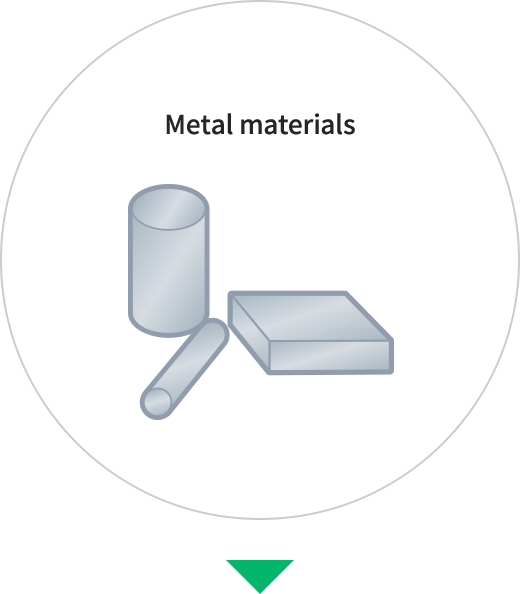
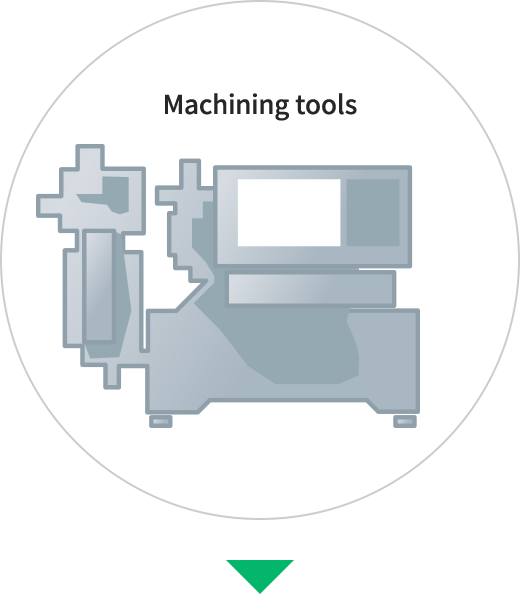

A lathe is just one of the many types of machine tools that exist today. Lathes work by bringing a blade into contact with a rotating metal workpiece to cut and shape it. It works something like sharpening a pencil. With the dawn of the computer age, lathes evolved in step to become "NC lathes." NC stands for "numerical control," which refers to the use of numerical values to control the lathe’s speed and position using a computer.
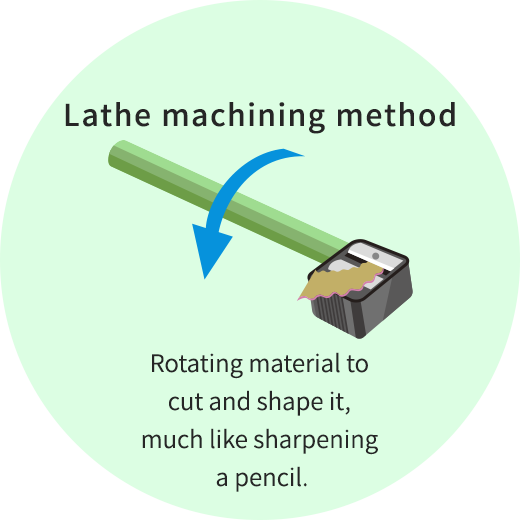
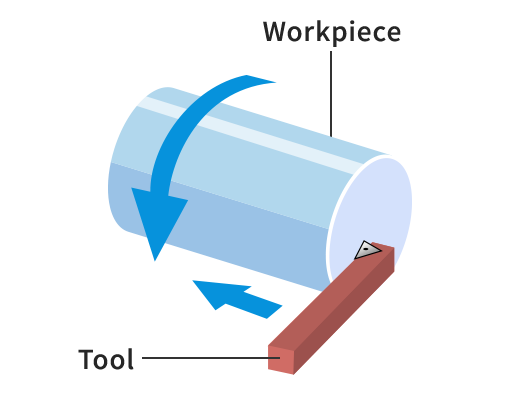
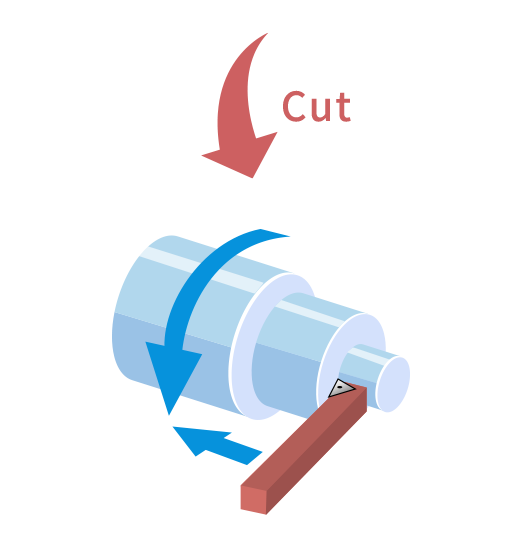
"CNC automatic lathes" are close cousins to NC lathes.
In terms of the work materials used, there are two types:
bar work machine and chuck work machine.
While bar work involves feeding a long bar (3m for example) into the lathe every time one part is completed, pushing it forward and gripping it in the next position. This method allows products to be cut from bars like sliced bar cakes or candies. As this type of machine was created with the goal of production with no human hands involved, it was called the "automatic lathe." Chuck work refers to the method of supplying workpieces one at a time, each piece is first chucked, then machined, and changed out for a new workpiece to be machined.
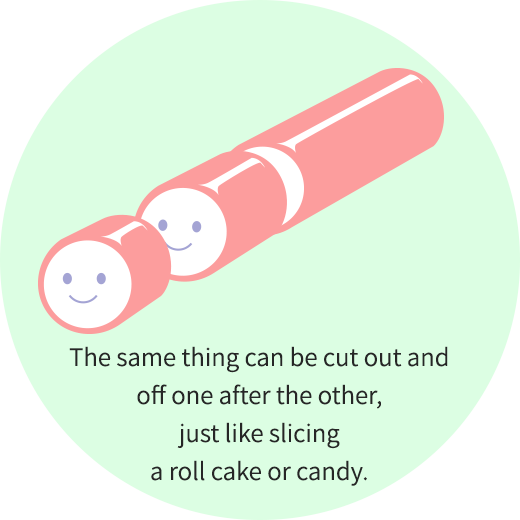
There are also different types of machine constructions. When the tool is brought into contact with the workpiece near the place it is being held (near the chuck) it will not sag, but it will sag easily when this is done further away from the chuck. In order to keep the workpiece from sagging when machining long and thing pieces, a device is used to support the workpiece out ahead of the tool-this device is called a guide bushing. Because the chuck (headstock side) is moved while holding the workpiece, machines with guide bushing are called sliding headstock type lathes. There are other automatic lathes in which the tool moves and the headstock is fixed in place. Fixed headstock type lathes are best for working on thicker,shorter pieces.
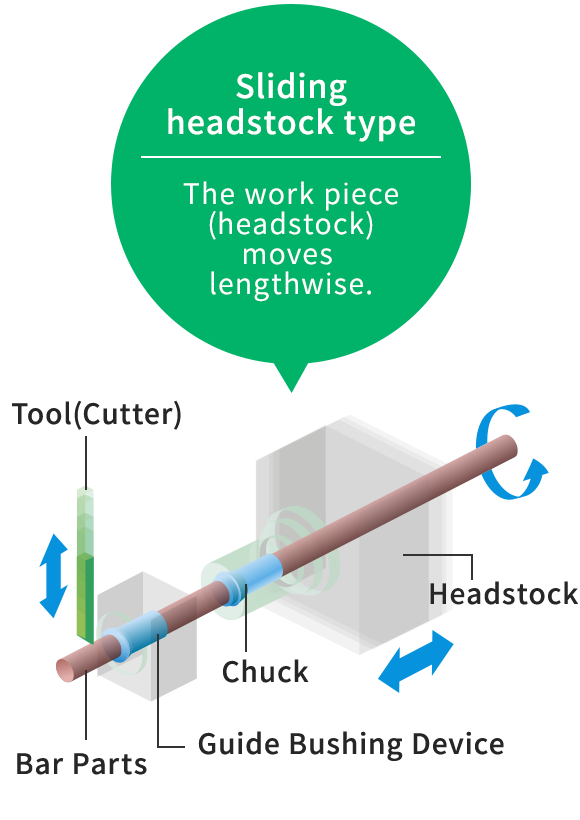
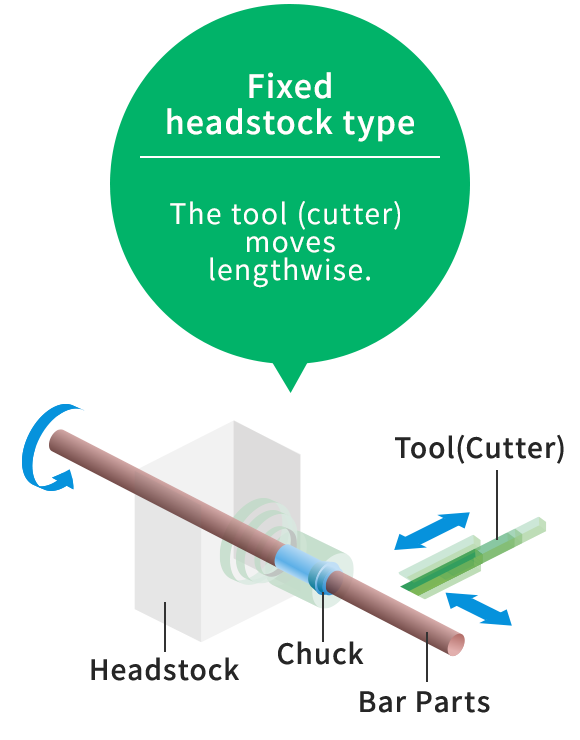
There are sliding headstock automatic lathes and fixed headstock automatic lathes. The former type comes with a guide bushing and moves the headstock lengthwise, making this type specially suited for machining long, thin pieces. The latter, on the other hand, is specially suited for machining thicker, short pieces, as its headstock does not move, but its tool moves lengthwise. In Cincom sliding headstock type models, gang tooling is primarily used, and the Miyano fixed headstock type models, turret tooling is primarily used. There are also machines that use a combination of gang and turret tooling, such as the Cincom M16/32 and Miyano BNA-42GTY.
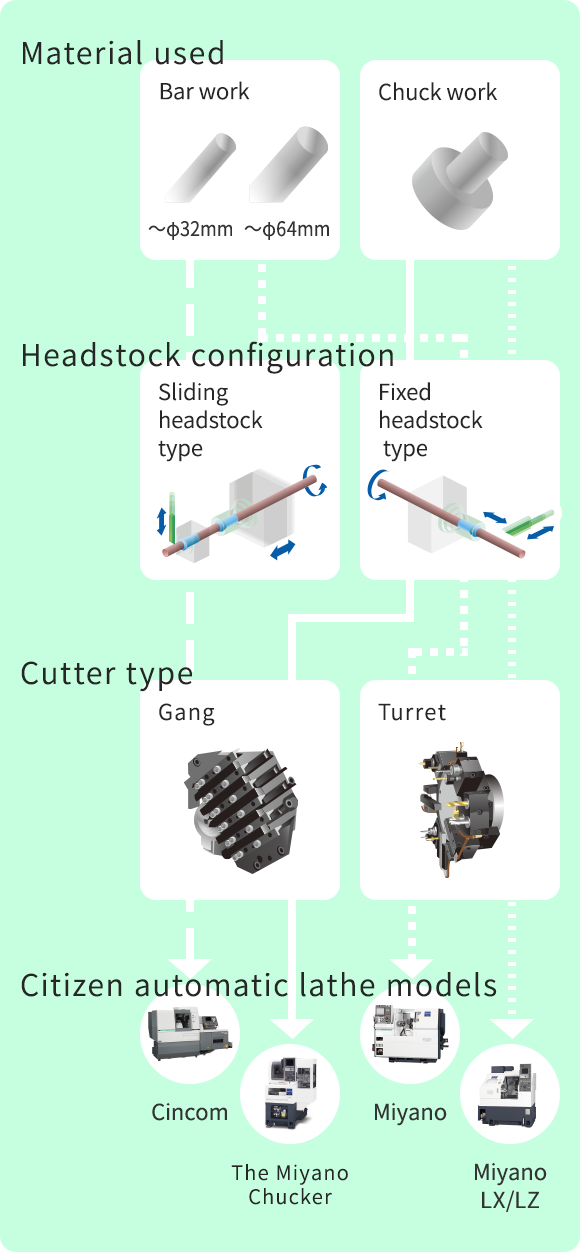
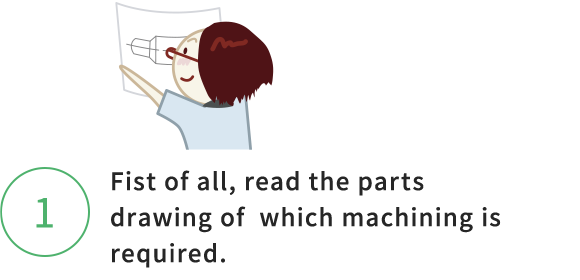

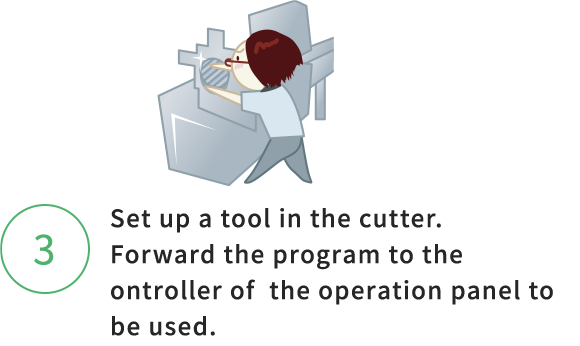

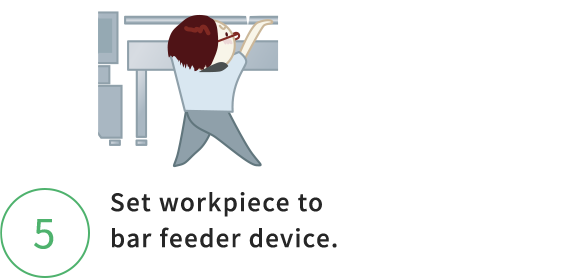

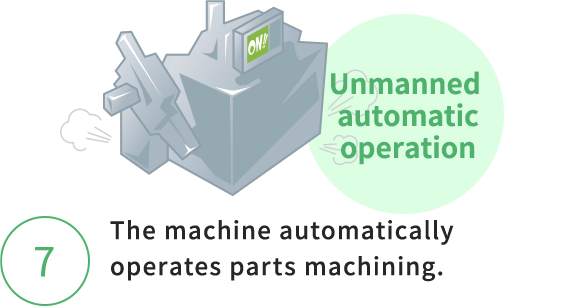
Cincom models are specially suited for machining longer, thinner pieces.Primarily used for creating highly reliable components from bar material between ø0 and ø32.
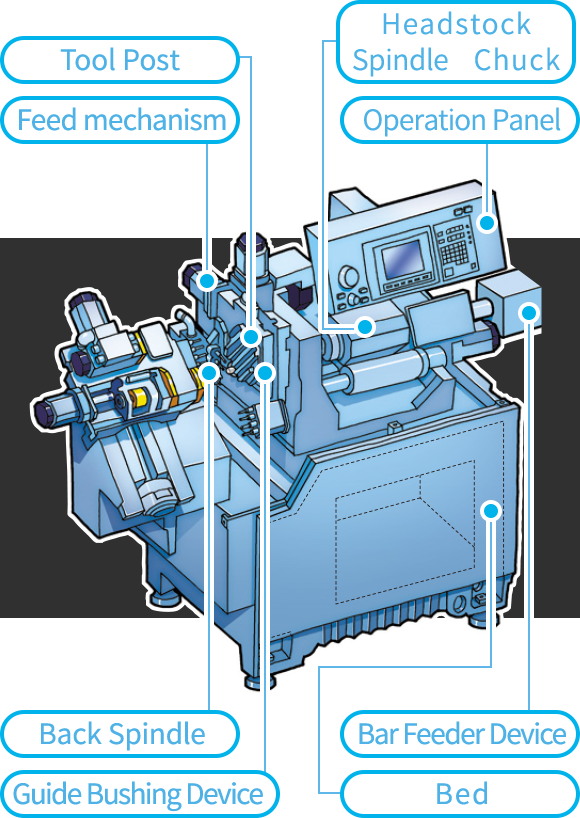
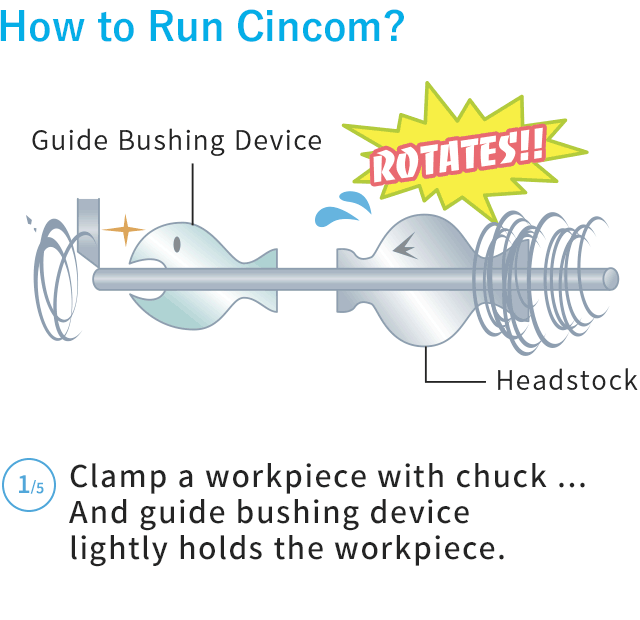
Was formed through a merger in 2011 between Citizen Machinery, which got its start as a manufacturer of machines tools that cut precision components for watches and has specialized in developing and manufacturing machine tools, and Miyano, which has its roots in precision industrial files.
This is a fond nickname given to Citizen's NC lathes since 1970, which was decided through an opportunity announcement in the company.
It comes from an acronym for Citizen Numerical Control Machine.
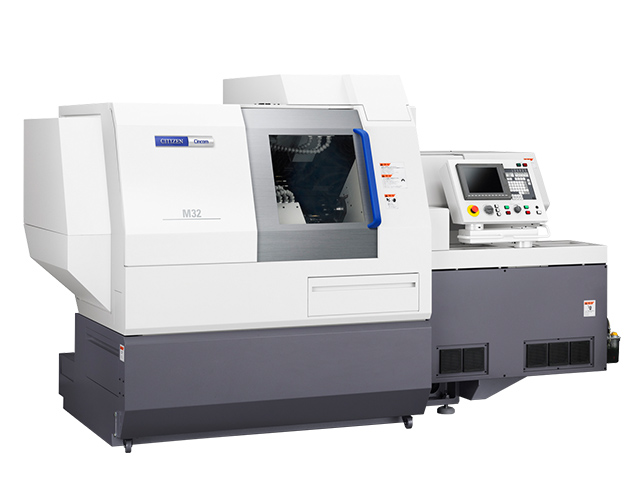
The operation panel is similar to a PC keyboard that allows one to operate the machine, as well as create and edit programs for it. It also lets an operator start or stop the machine, turn cutting oil on or off, and so on.
The headstock is the structure that supports the rotation of the spindle from the outside via the bearings. For sliding headstock type automatic lathes, this moves horizontally.
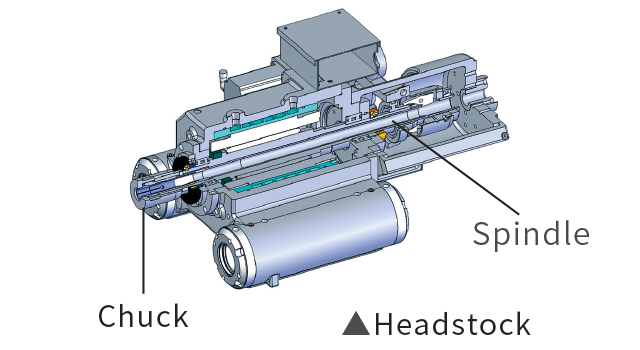
Much like a chuck, a guide bushing is shaped like the mouth of a fish, opening and closing to grip the workpiece. The cutting tool can be applied right next to the guide bushing (within 1to 2 mm), meaning that the workpiece material is less likely to bend or sag.
The back spindle is a second spindle that is positioned to face the spindle. After the front-side machining toward the spindle is done, the workpiece can be moved over to the back spindle to machine the areas that could not be machined form the other side. This is sometimes called the sub-spindle.
This feed mechanism is so named because it feeds the lathe workpieces both lengthwise (horizontally) and diametrically (direction from the center of the bar to the outside), shaping the workpiece. By rotating a ball screw using the motor, it moves the workpiece directly forward. The ball that the ball screw contains means that it moves completely smoothly.
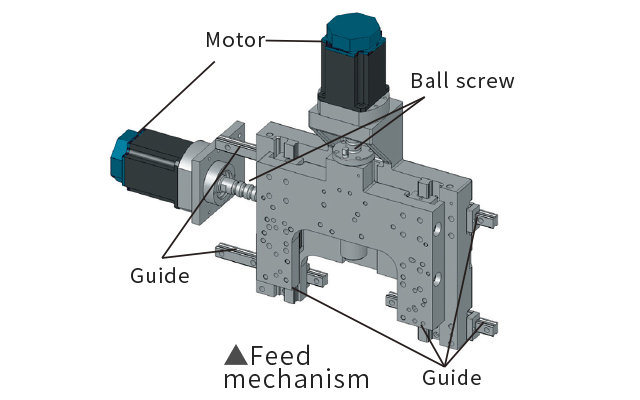
The bar feeder device, equipped with a shelf that can hold a number of long workpieces (1 to 4 m) to automatically begins feeding a new bar when the current one is finished. This is sometimes called the "bar feeder."
The electric device box is usually positioned behind the machine or inside the bed. This is where both the beating heart that pumps in electric power to the machine to move its limbs and the computer brains that control it are housed.
The spindle rotates the chucked (held) material at thousands of rotations per second. Miyano model spindles boast extremely high rigidity thanks to innovations in the type and distribution of bearings. This allows even very hard materials to be machined with high precision.
The chuck opens and closes to grasp the workpiece or work material. It never releases or lets its grip on the workpiece it holds, even during high-speed rotation. Different chuck types can be selected depending on the component to be machined.
The slide is similar to a railroad track in the way it allows the cutting tool post and headstock to glide back and forth. Different types of slides are available, and the ones used in Miyano models are exceptionally tough. A cornered slide has been used for this particularly important component. Because of the wide contact surface area it moves over, these rails are sturdy and easily absorb vibrations, making high precision machining possible.
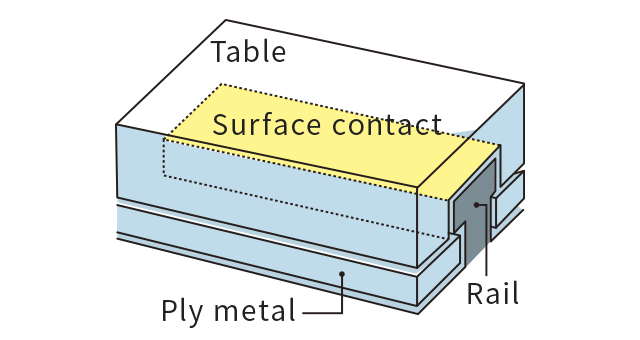
The bed is the foundation of a machine tool, and houses a variety of devices and apparatuses. Made of cast iron, the bed is extremely heavy and is constructed in a way that prevents vibration and temperature changes. Miyano model beds have a horizontal top much like a surface plate, allowing for precise machining by positioning the base portion of the component level across the entire machine.

This is the table that set tools. The more complicated the shape of the component gets, The variety in gang-type tools required increases as the shape to be machined gets more complicated. "Gang tooling" lines up tools like the teeth of a comb, forming a gang of tools, and "turret tooling" uses one rotating cutting tool table equipped with multiple types of tools from which one can choose. Nearly all Miyano models feature turret tooling.
The Miyano Chucker is a specialty high-precision chuck work machine.
The Miyano Chucker is a chuck work machine that features gang tooling. This machine is specially suited for high-precision machining and post-processing features such as holes, threading, and chamfers on workpieces between ø10mm and ø40mm. In addition to the ability to select chuck types depending on the component, these machines can also be equipped with a device to move the component to the chuck and remove the machined component to outside of the machine when finished. As most of the machines in this line are relatively small, they can also be installed in smaller spaces in plants and factories.

Being able to select the right chuck for the part to be machined is one of the advantages of a chuck work machine.
The special advantage of the Miyano Chucker is that the optimal chuck for any part can be selected, whether the goal is to have an extra secure grip, have a slightly gentler grip for areas that may deform easily, and machining with very high precision.
chuck work :
"Chuck work" refers to the use of cast, forged, injection molded, and otherwise individually formed materials being machined. This is the Miyano Chucker's specialty. The Miyano LX/LZ series is especially well suited for chuck work where the material is large (over ø70).